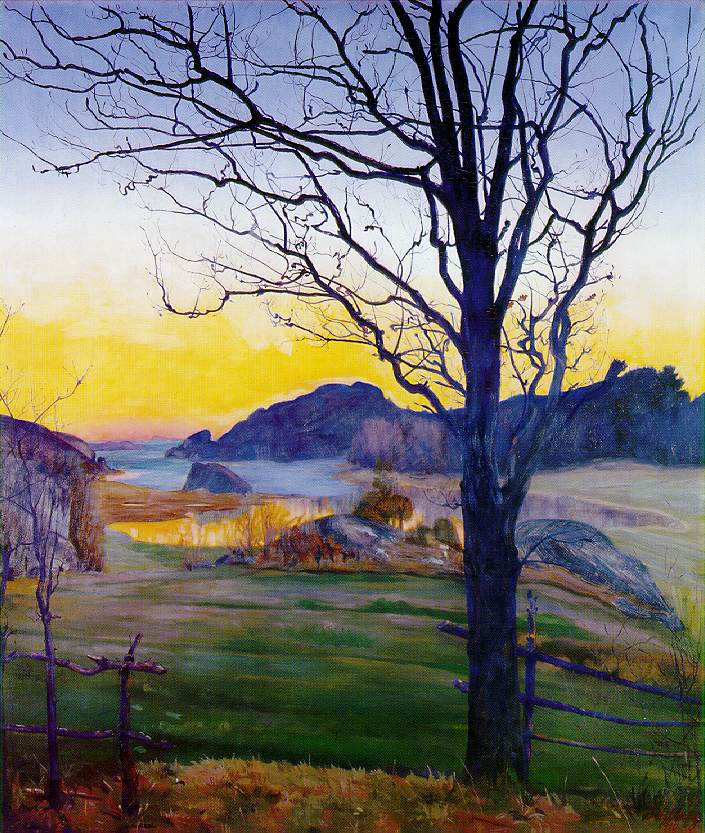You-Art
DeviantArt gets 1.5 billion page views a month, making it one of the most popular Web sites that many people have never even heard of.
Despite the name, only a fraction of the art on the site is what might be labeled deviant. In reality, the site boasts millions of user-uploaded works of art, everything from photography to 3D digital conceptual art to old-fashioned canvas-and-paint portraits.
Think of it as a YouTube for artists trying to show their own work. Pieces can be viewed, commented on, even added to a user's own gallery of favorites. The range of work defies characterization, but there is a heavy dose of cartooning and fantasy art as well as some adult content, which is blocked for unregistered users.
In some cases, artists have posted their digital leftovers in a "stock" pile that other artists can use as the genesis for their own work.
The site's goal, in a nutshell, is to democratize and inspire art.
After checking out this site I thought of the Impressionists of the 1860's. Up until these artists the Académie des Beaux-Arts, the French endorsed institution that defined, set, and held up what was supposed to be great art. Without the support of the Academe, an artist could not show his work in the Salon and would be treated like a rank shlock. The importance of the meeting of the Impressionism was giving artists like Cezanne and Monet a venue and to help establish a public exchange.
And this site is an exchange, it has chat and forum sections where those who contributed can discuss issues.
I am not sure that I am a good judge of the content so I am pulling away from offering opinions. What interested me is to see how Web content is so powered by ungoverned class systems. The open source rubric of the Internet is at the heart of most Virtual spaces. While there has been a move to public censure or control Web content, the model of the Web World continues to defy categories and move faster than words can describe it. It is a dream land. What is the web, other than a tool which morphs as it is used? As technology breaks down walls the possibilities change how we express and think. It defines us as people and how we behave. It's only limit is that of the user itself. The story is the story teller, not the fiction itself.
Any thoughts?
Here is the link to the full story:
http://browse.deviantart.com/?offset=24
http://www.news.com/8301-13860_3-9873228-56.html?tag=nefd.top
Subscribe to:
Post Comments (Atom)

No comments:
Post a Comment